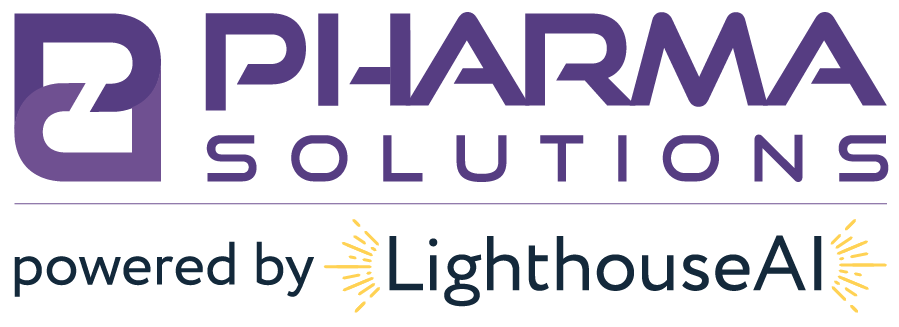Morphine Equivalency for Suspicious Order Monitoring
Background
In July 2016, at the height of the opioid epidemic, the West Virginia Attorney General’s Office and the West Virginia Board of Pharmacy came together to develop a calculator that converts opioid dosage amounts to a standard, comparable measurement. The calculator was a tool to battle the over-prescription of opioids in West Virginia.
How does the Calculator Work?
The calculation is simple multiplication. For example, we will look at NDC 59011045210, Dilaudid (Hydromorphone) 2 MG, 100 tablets made by Purdue Pharma.
To calculate, take the coefficient below and multiply it by the strength and size.
| OPIOID (doses in mg/day except where noted) | CONVERSION FACTOR |
| Codeine | 0.15 |
| Fentanyl transdermal (in mcg/hr) | 2.4 |
| Hydrocodone | 1 |
| Hydromorphone | 4 |
| Methadone, 1-20 mg/day | 4 |
| Methadone, 21-40 mg/day | 8 |
| Methadone, 41-60 mg/day | 10 |
| Methadone, ≥ 61-80 mg/day | 12 |
| Morphine | 1 |
| Oxycodone | 1.5 |
| Oxymorphone | 3 |
Guidelines from the Centers for Disease Control & Prevention (CDC) can be found here
.
Implementation of ME for Dosing
The guidelines around morphine equivalency for dosing is simple. First and foremost, HCPs are encouraged to use caution when prescribing opioids at any dosage and prescribe the lowest effective dose. If an HCP prescribes ≥50 MME per day, extra precautions must be taken including monitoring/assessing pain and function more frequently or considering other alternatives. Finally, HCPs should simply avoid, or carefully justify, increasing dosage to ≥90 MME/day.
Using the NDC above, doctors may prescribe up to 6 tablets (4*2*6 = 48 ME units).
Implementation of ME for Suspicious Order Monitoring
ME is a powerful tool in suspicious order monitoring because it creates better visibility across the entire product portfolio. Manufacturers and distributors should calculate the amount of ME units being sent to customers, and then compare those numbers across other customers in their respective class of trade. The key is not to only look for spikes, but also identify customers with higher than average orders and perform additional due diligence such as the analyzing the customers’ dispensing volume, how prescriptions are paid for and more.
Using the NDC above, distributors can calculate that each bottle shipped has 800 ME units (4*2*100 = 800 ME units) in a single bottle.
NavigateSOM is a leading cloud-based solution for DEA suspicious order monitoring. We strive to remain on the cutting edge, constantly advancing our capabilities and functionalities while remaining user-friendly and cost-efficient.
To learn more about NavigateSOM, please visit www.NavigateSOM.com or simply reach out to hello@pharma.solutions to schedule a free demo.




0 Comments